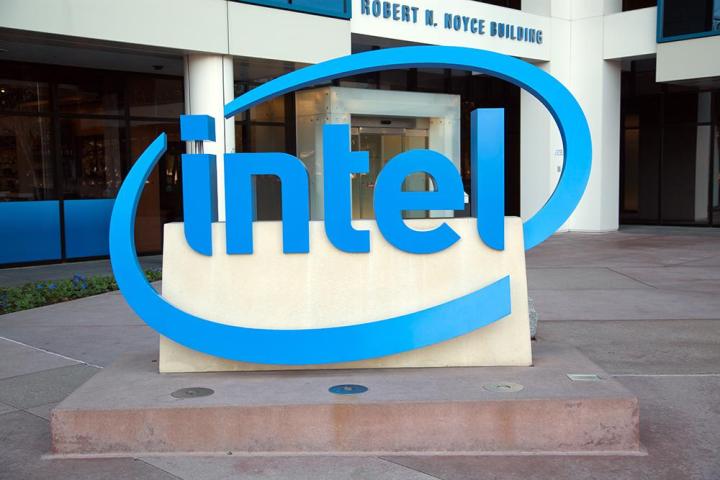
The tick-tock model is built around a system of delivering improvements to manufacturing process technology and micro-architecture in an alternating pattern; the former being referred to as a tick, and the latter being a tock. The schedule has been in place since 2007.
This strategy allowed Intel to assert dominance in the field of processors, with each new iteration either providing a major leap forward in technology, or major refinements over the previous model. However, due to the difficulties of maintaining such forward momentum, especially on the manufacturing side, the company is being forced to change its tactics.
Intel is planning to extend the lifespan of its 10nm and 14nm process technologies to three-stage release schedule of process-architecture-optimization, according to the latest annual investor report from the company. At present, this shift is only being discussed in relation to those two processes, but it seems likely to be extended further into the future.
The company’s own explanation of the change in its annual report is as follows:
“We expect to lengthen the amount of time we will utilize our 14nm and our next-generation 10nm process technologies, further optimizing our products and process technologies while meeting the yearly market cadence for product introductions.”
The change in direction comes after years of speculation among industry analysts regarding how long companies can continue aggressive down-sizing of silicon manufacturing. Many difficulties arise as transistors become smaller, and there’s presumably a physical limit to how small they can become. In 2011, for example, Intel started to use 3D transistors, as traditional planar transistors encountered power leakage problems that drastically reduced efficiency on Intel’s cutting edge (for 2011) 22nm production process.
It remains to be seen whether Intel’s change of tactics will allow the firm to maintain its hold over this portion of the computing industry. There’s major competition waiting in the wings from the likes of IBM, Samsung, and TMSC. These companies will leapfrog Intel in production technology if current trends hold.
Editors' Recommendations
- It just became the perfect time to buy a last-gen Intel CPU
- The only Intel CPU you should buy is over a year old
- AMD vs. Intel: the rivalry has never been more fierce
- Intel may have a monster new CPU coming soon
- Intel just called out Nvidia


